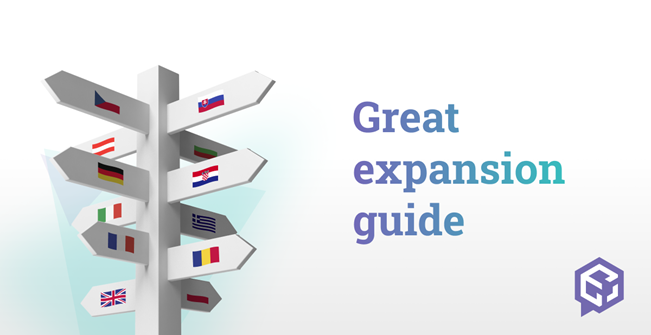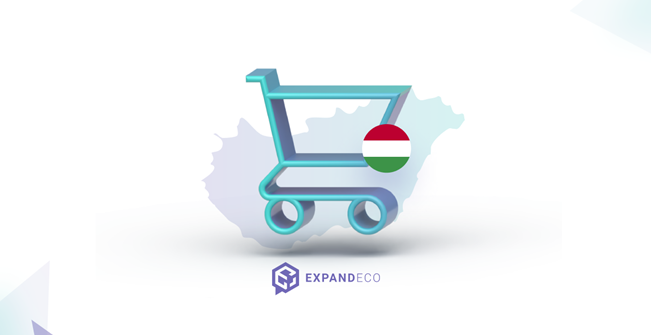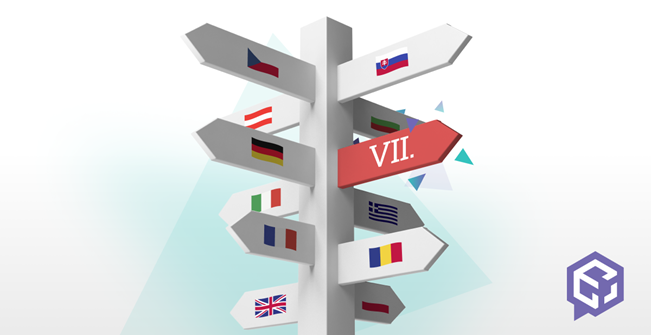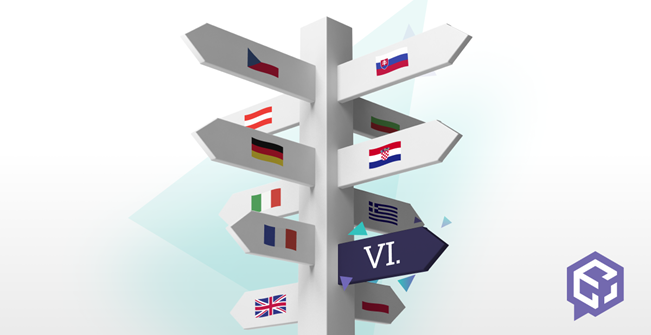In Hungary, the range of goods bought online is increasing dramatically. The strongest were electronics, books, erotica, and musical instruments. In particular: tyres, microphones, vacuum cleaners and electric vacuum cleaners, Lego, garden houses, fryers, electric toothbrushes, boilers and perfumes.
Romania recorded interest in tyres, stoves and heaters, laptops, graphics cards, dishwashers, smart watches and cultivators.
In Bulgaria, hobby, home equipment, children's goods and electronics performed well. Bulgarians were specifically interested in phones, perfumes, smart watches, graphics cards, air conditioners and BBQ grills.
Slovenia has a small market of over 2 million inhabitants. In terms of e-commerce, the leading products are sports, garden equipment and outdoor goods (chainsaws, swimming pools, light sensors, electric scooters).
Croatia shows a year-on-year growth of up to 100%. It's a green field, where electronics was previously the strongest, but now the biggest interest is in things related to tools and building materials, as well as terrarium accessories, plumbing, and the overall hobby segment.









